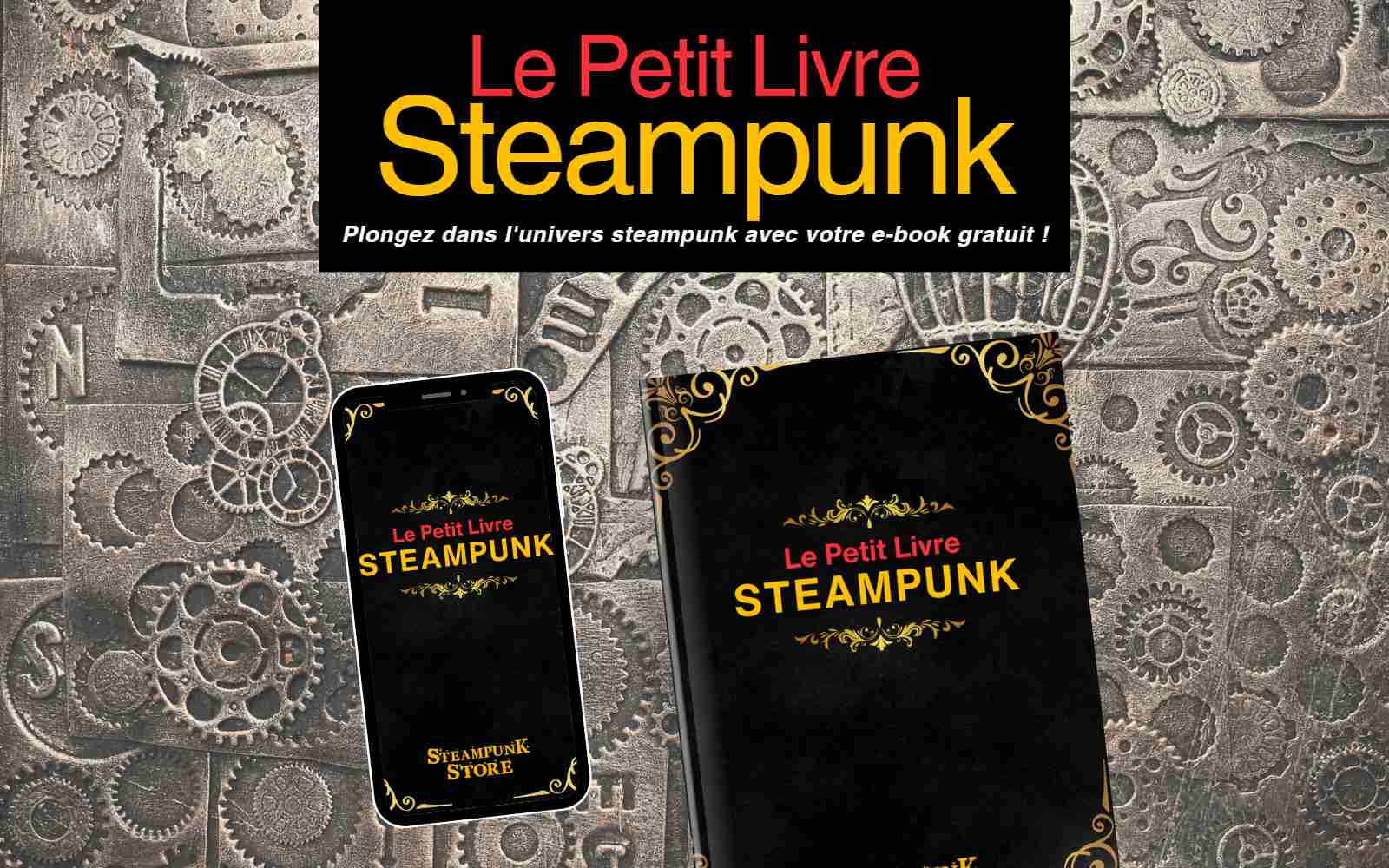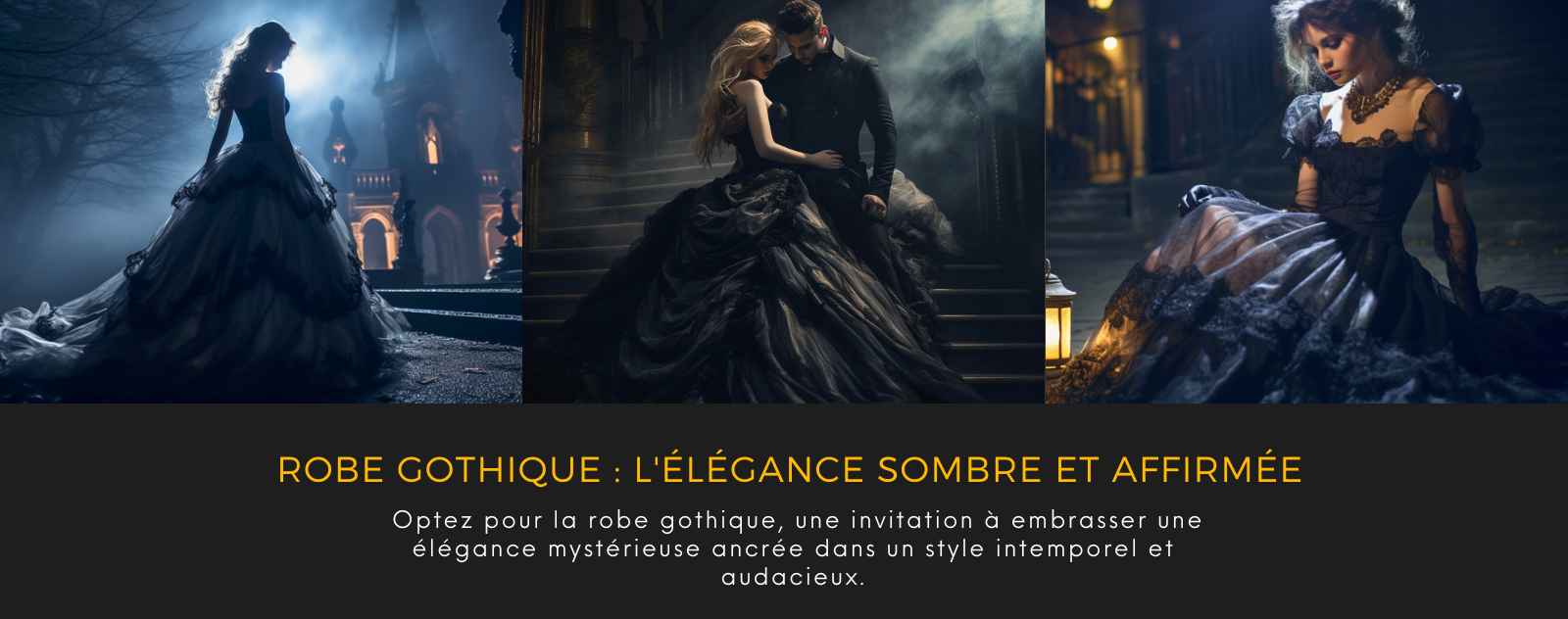
Have you ever contemplated how certain intellectual universes complement each other in the most unexpected ways? Consider, if you will, the relationship between Frankenstein and Steampunk. Like the harmonious marriage of coffee and cream, these seemingly distinct realms create an unexpected synthesis that illuminates both the Gothic sensibilities of the early 19th century and the retro-futuristic aesthetics of our contemporary imagination.
Mary Shelley's Frankenstein: Genesis of Scientific Gothic
The intellectual genesis of Frankenstein traces back to 1818, with the publication of Mary Shelley's revolutionary novel. This remarkable English author, a mere nineteen years of age when she conceived this literary masterpiece, inadvertently birthed what would become a cornerstone of both literature and science fiction. The narrative follows the intellectually ambitious Victor Frankenstein, a Swiss scientist consumed by the Promethean desire to animate life through the assembly of cadaverous components.
Philosophical Implications
As Michel Foucault might argue in his examination of discourse and power, Shelley's narrative represents a profound interrogation of the boundaries between natural order and human intervention. The novel functions as a philosophical laboratory where questions of moral responsibility, scientific ethics, and the nature of consciousness collide with explosive intellectual force.
The resultant being transcends the simplistic categorization of mere monster; instead, we encounter a complex, emotionally sentient, and profoundly tragic creature. Shelley's narrative excavates profound thematic territories: the morality of creation, the nature of artistic responsibility, and the accountability of the creator toward their creation.
Why does this literary work maintain its cultural relevance more than two centuries after its initial publication? Perhaps because its exploration of ethical and scientific boundaries remains startlingly contemporary in our age of genetic engineering and artificial intelligence.
The Creature: Beyond Monstrous Stereotypes

Popular culture often reduces Frankenstein's creature to an inarticulate, terrifying monster. However, within Shelley's original novel, the being emerges as profoundly intelligent, emotionally sophisticated, and desperately seeking acceptance within human society. This creature embodies the Romantic era's fascination with the sublime—that which simultaneously attracts and repels, inspires awe and terror.
Victor Frankenstein: The Archetypal Scientific Overreacher
Victor Frankenstein represents the quintessential Romantic scientist—ambitious, tormented, and ultimately consumed by his own intellectual hubris. Shelley traces his journey from privileged childhood in Switzerland through his tragic Arctic expedition, where he encounters Robert Walton, the polar explorer whose own ambitious quest mirrors Victor's scientific obsessions.
Literary Influence on Science Fiction and Gothic Traditions
Undeniably, Frankenstein exerted transformative influence upon the emerging genre of science fiction. Mary Shelley stands as one of the pioneering architects of both science fiction and Gothic literature. Her captivating exploration of creation and its consequent nightmarish aftermath established foundational paradigms for subsequent works investigating the unintended consequences of scientific advancement.
Steampunk and Frankenstein: A Cultural Synthesis
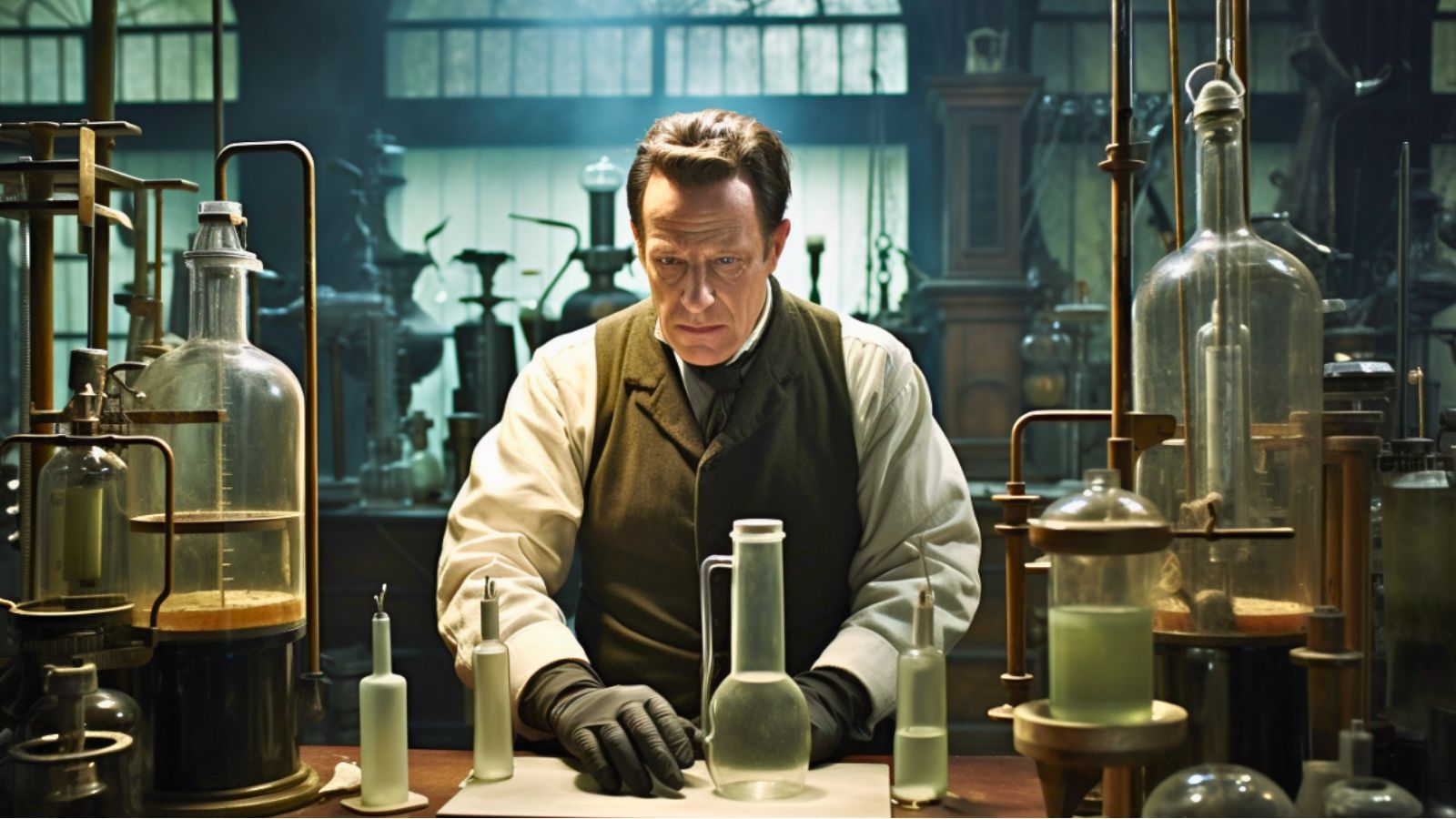
Steampunk, that remarkable artistic and cultural movement synthesizing 19th-century technological aesthetics with speculative innovation, discovers profound inspiration within Frankenstein's narrative architecture. Both the novel and its subsequent cinematic adaptations serve as intellectual launching platforms for the Steampunk imagination. Complex machinery, industrial staging, and scientific exploration constitute the connecting threads between these complementary cultural phenomena.
Defining the Steampunk-Frankenstein Connection
The relationship between Frankenstein and Steampunk represents more than mere aesthetic similarity. Both explore the consequences of technological advancement unchecked by ethical consideration, both romanticize the machinery of creation, and both interrogate the relationship between human ambition and natural order.
Critical Reception and Scholarly Analysis
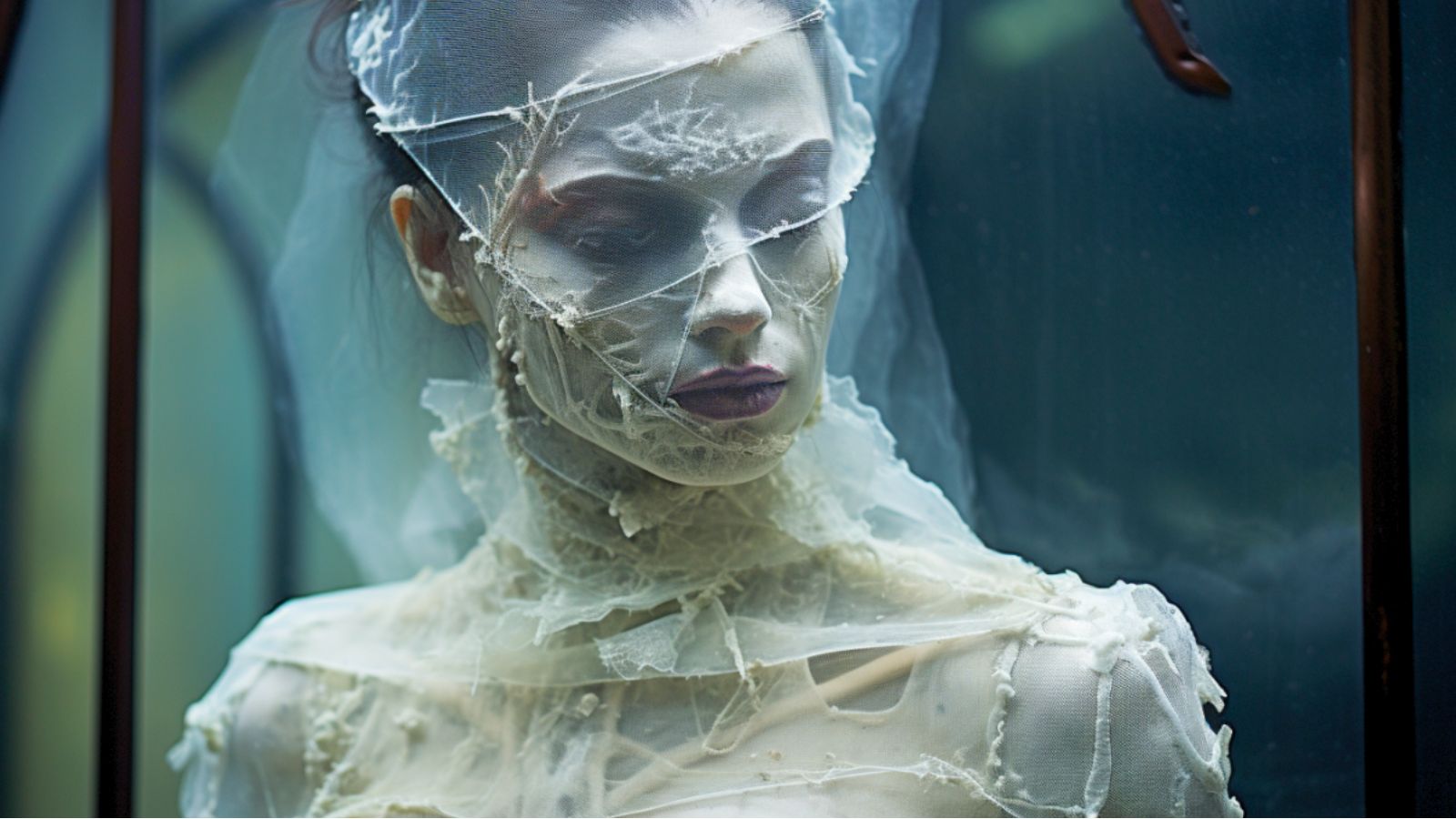
Throughout its literary lifespan, Frankenstein has attracted diverse critical perspectives, both laudatory and contentious. Some scholars celebrate Shelley's innovative genius and her work's enduring cultural impact, while others critique controversial aspects including gender representation and the novel's portrayal of scientific methodology and moral philosophy.
The Creature as Modern Prometheus
Frankenstein's narrative frequently invites comparison with Prometheus, the Titan of Greek mythology who stole divine fire for humanity's benefit. Frankenstein bears the subtitle "The Modern Prometheus," reflecting the ethical challenges posed by humanity's manipulation of natural forces and the very essence of life itself.
Cinematic Adaptations: Visual Interpretations of Literary Genius

Discussing Frankenstein without examining its numerous cinematic adaptations would resemble analyzing the Eiffel Tower while ignoring Paris—the two remain intellectually inseparable. Countless directors have attempted to translate Shelley's vision into visual media, generating a rich tapestry of films that both enrich and occasionally redefine Mary Shelley's original masterwork.
Frankenstein (1931) - James Whale's Gothic Masterpiece
The most iconic of Gothic films remains James Whale's 1931 "Frankenstein." Boris Karloff's portrayal of Frankenstein's monster achieved such cultural significance that his interpretation became definitive. Colin Clive, embodying Victor Frankenstein, delivered the immortal line "It's alive!" which became one of cinema's most quoted phrases.
Bride of Frankenstein (1935) - Expanding the Mythology
Also directed by James Whale, this sequel explores the consequences when the creator attempts to provide companionship for his creature. Critics frequently regard this film as a masterpiece surpassing the original in emotional complexity and thematic depth.
Mary Shelley's Frankenstein (1994) - Literary Fidelity
Kenneth Branagh's directorial effort attempted unprecedented fidelity to Shelley's original novel. Robert De Niro's portrayal of Frankenstein's creature brought palpable humanity to the character. Despite mixed critical reception, the film represents a fascinating attempt to capture the novel's literary essence.
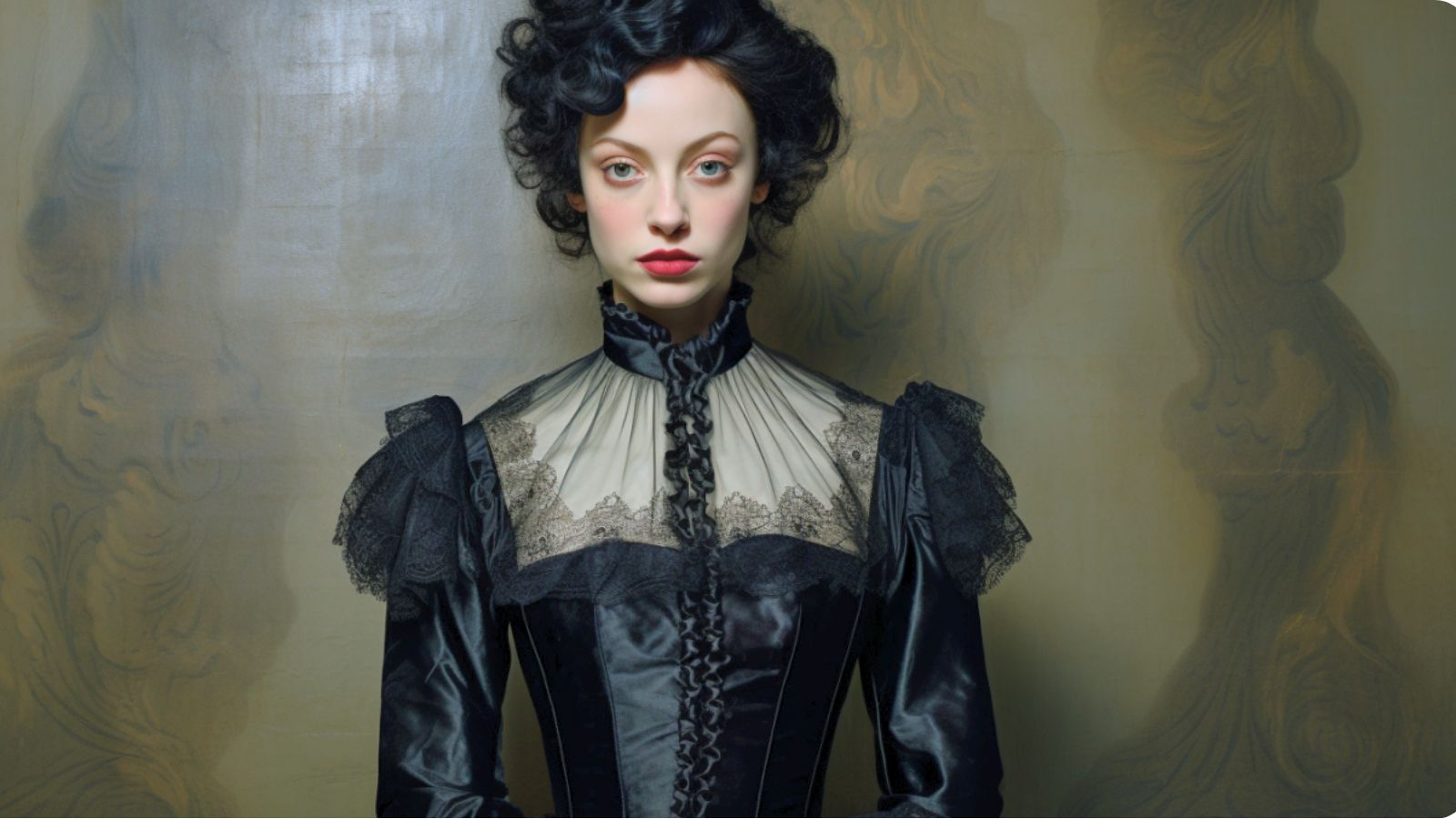
Contemporary Interpretations
- Frankenweenie (2012) - Tim Burton's animated homage offers a family-friendly exploration of scientific ethics and divine authority
- I, Frankenstein (2014) - A contemporary urban fantasy reimagining that demonstrates the story's adaptability across genres
Cultural Adaptation Theory
As cultural theorist Linda Hutcheon argues in "A Theory of Adaptation," each cinematic interpretation of Frankenstein functions as both homage and transformation, creating new meaning while preserving essential thematic elements. These adaptations collectively constitute a cultural dialogue spanning nearly a century of cinematic evolution.
Synthesis: The Enduring Legacy
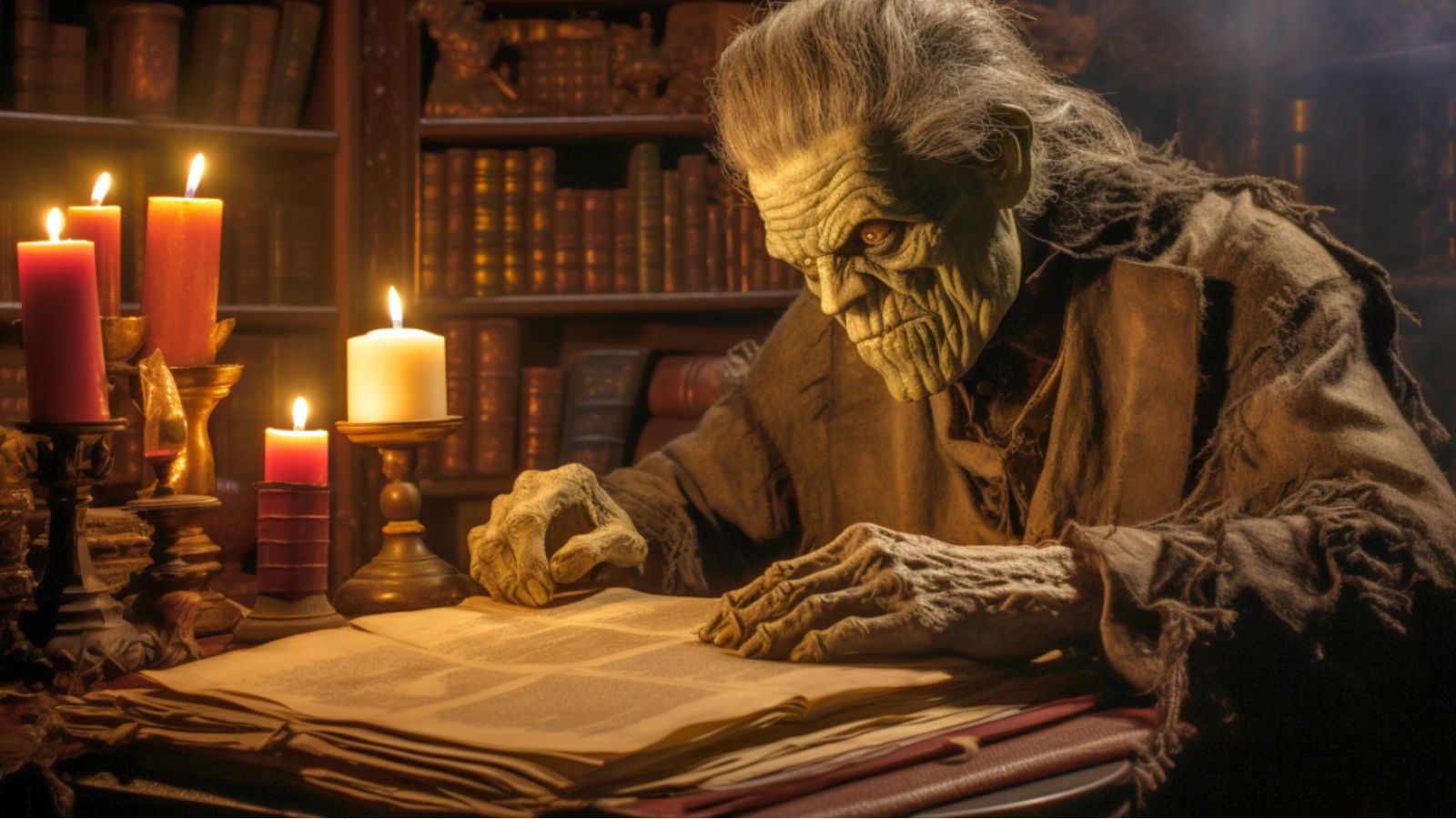
Frankenstein transcends mere literary categorization to become a cultural phenomenon that continues inspiring and challenging contemporary thought. It expands the boundaries of science fiction while providing a platform for examining the moral implications of scientific advancement and creative responsibility. From Mary Shelley's novel to its profound influence on Steampunk aesthetics and popular culture, Frankenstein remains a timeless work deserving continued exploration and reexamination.
The intersection of Frankenstein and Steampunk represents more than aesthetic convergence—it embodies a shared fascination with the consequences of unchecked scientific ambition, the romance of industrial machinery, and the eternal human desire to transcend natural limitations through technological innovation. Both worlds invite us to question our relationship with technology, creativity, and the very nature of what it means to be human in an age of unprecedented scientific capability.
Scholarly Analysis
An exploration of literary and cultural synthesis
Contemporary Gothic and Steampunk Studies






